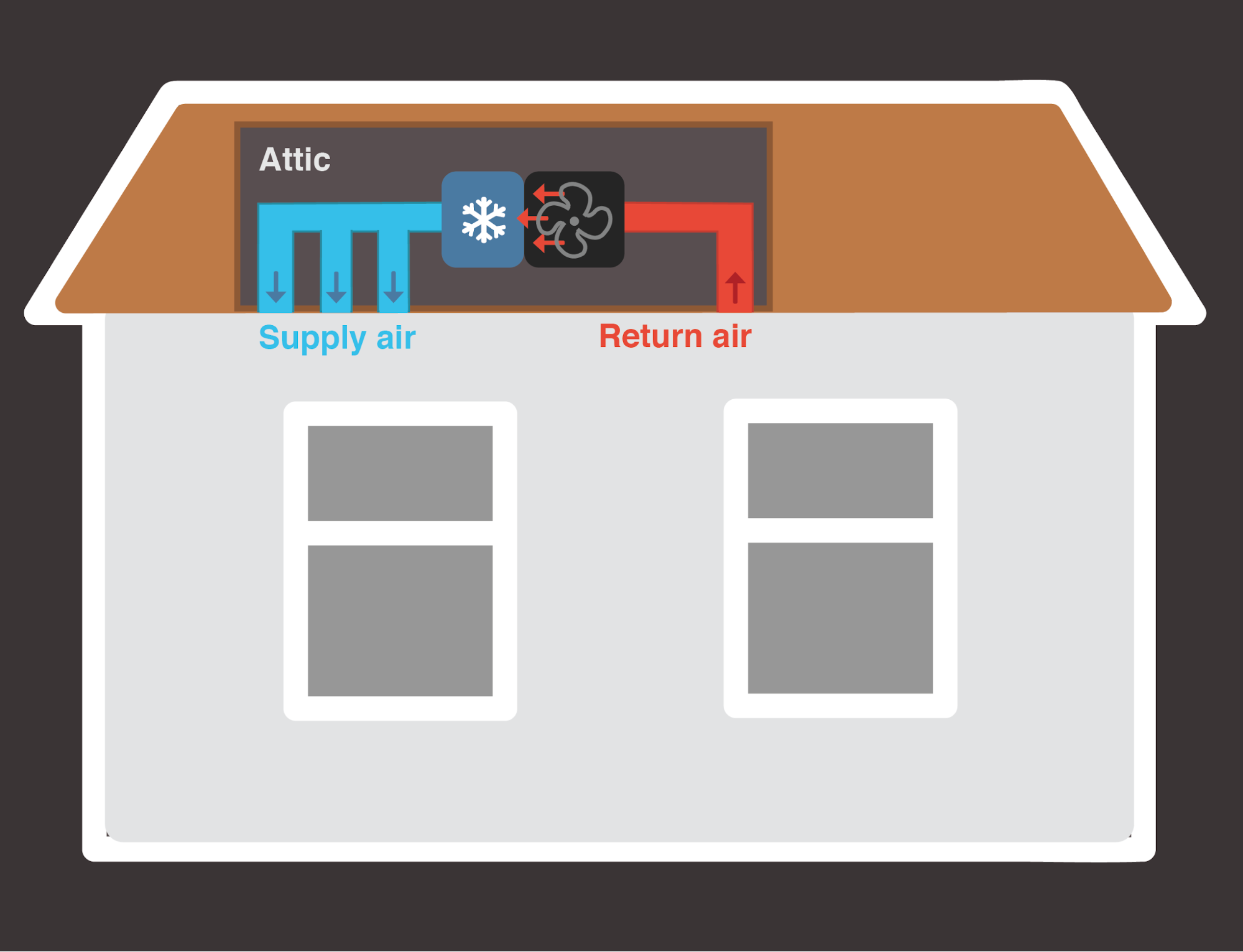How Does a Central Air Conditioner Work? A NJ Tech Answers
November 11, 2024
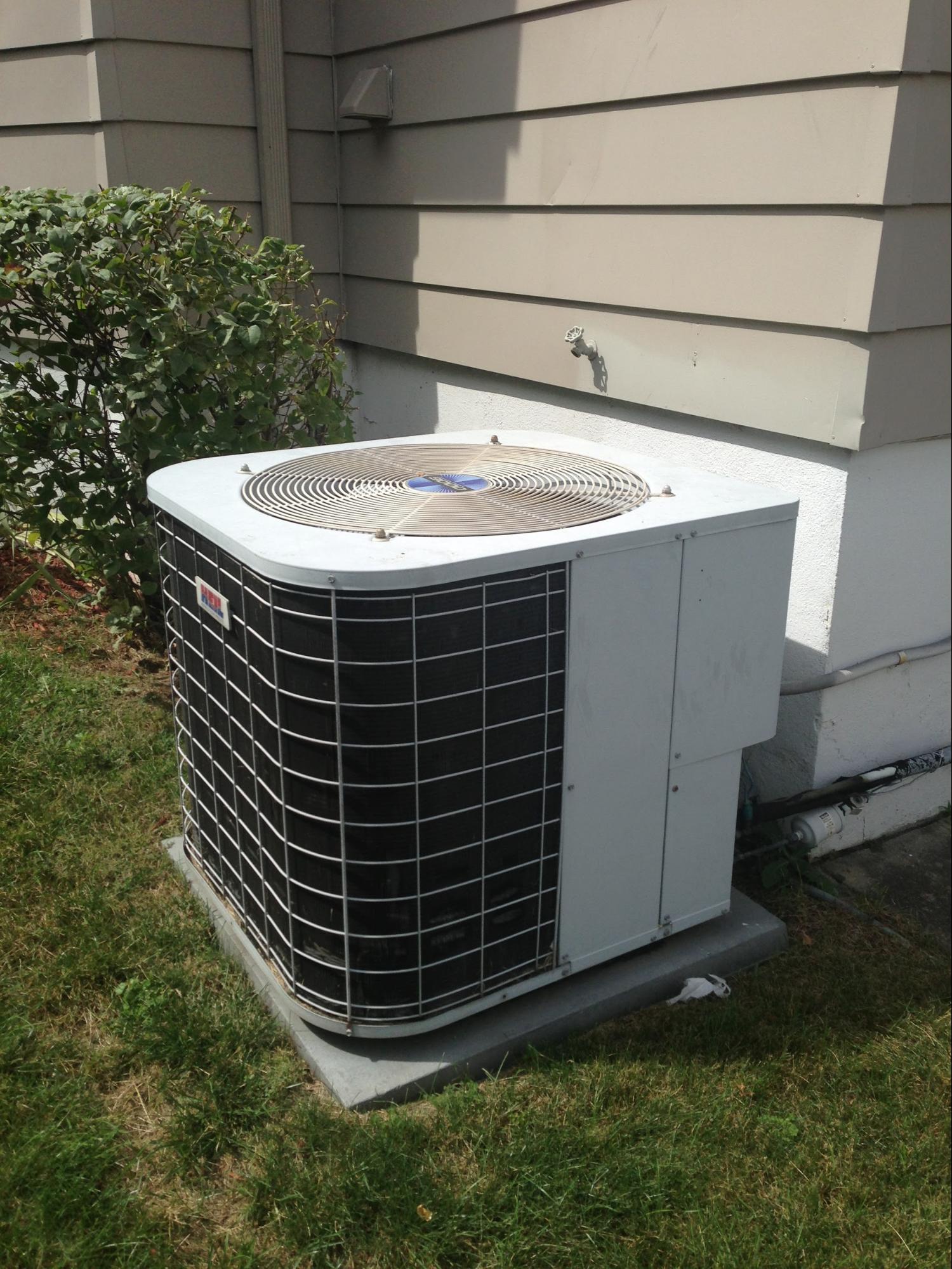
You push a button on your thermostat, and voilà, after about 15 minutes, your home feels cooler.
Seems like magic, right?
Air conditioners certainly are modern miracles. But there’s a lot that goes on behind the scenes to keep your home at a comfortable temperature.
In this blog, we’ll share the step-by-step process of how an AC system works to give you a little peek behind the curtain.
Basically, the process of how an AC cools your home can be broken down into 5 major steps:
- Thermostat calls for a cooler temperature
- Heat is removed from warm indoor air
- Cool air gets pushed back into your home
- The heat that was removed gets dumped outside
- The cooling cycle repeats
Let’s look at each of these steps in more detail below.
Step 1: Thermostat calls for cold air
You can think of the thermostat as the brain of your air conditioner—it tells your AC when to turn on and off.
Inside the thermostat, electronic sensors detect when the indoor temperature rises above your set temperature. When there is a change in temperature, it sends a signal to the control board in the air conditioner, telling it to turn on.
Now the cooling process starts…
Step 2: Heat is removed from warm, indoor air
Before we dive into the cooling process, let’s start by debunking a common misconception: An air conditioner doesn’t actually create cold air from scratch.
Instead, it removes heat from your home’s air.
So how is heat removed?
First, warm is pulled into the indoor part of your AC (called the air handler) via the blower, which you can think of as a large fan. The blower pulls in this warm air via the return vent, which is the opening that allows air to enter your AC system.

Components of the indoor air handler
As warm air from your home is pulled into your AC’s indoor unit, it passes over cold evaporator coils. These coils are filled with refrigerant, a fluid that absorbs heat and also removes moisture from the air.

An evaporator coil, which is the part that removes heat from your home’s air
Once the air is cooled and dehumidified, it’s pushed back into your home, which brings us to our next step…
Step 3: Cool air gets pushed back into your home
Once the air is cooled, it’s pushed right back into your home via your duct system.
Your air duct system is a series of hollow tubes or metal sheets that carry cold air to different areas of your house. This cold air exits the ducts via supply vents, which are placed in every room.
Here’s a quick diagram that shows what we’ve discussed so far (Steps 1–3):
The evaporator coil removes heat, then pushes cool air back into your home
So now you know how cold air gets delivered into your home. But what happens to all the heat that was stripped from your air?
Well, that leads us to the next step in the air conditioning process…
Step 4: The heat that was removed gets dumped outside
Remember back in Step 2 how refrigerant absorbs heat from warm air?
Well that heat has to go somewhere; it doesn’t just magically disappear.
So where does it go?
It’s released into the outdoor air.
You see, after the refrigerant absorbs heat, it travels to your AC system’s outdoor unit, called the condenser.
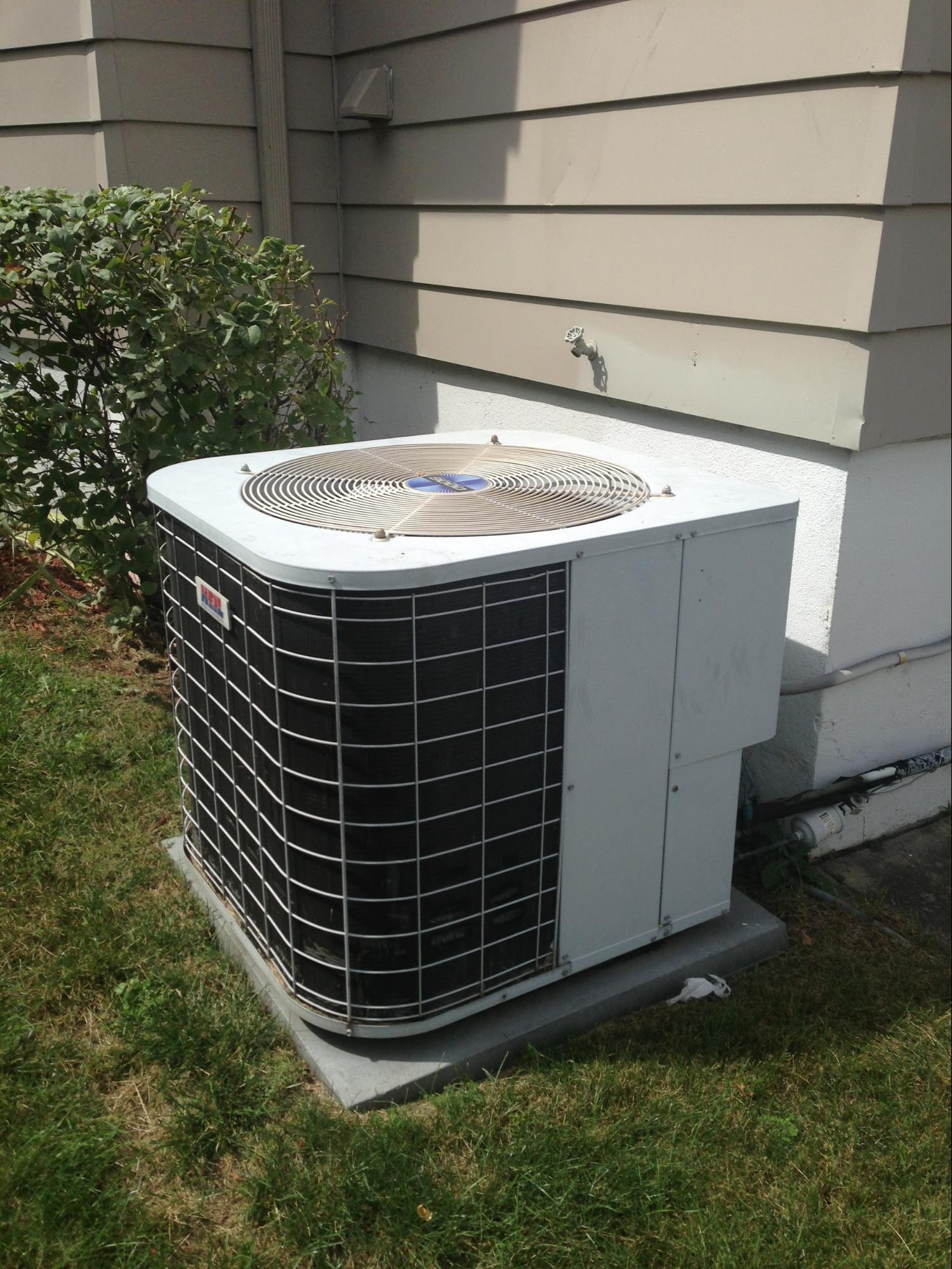
An outdoor condensing unit
Inside the condenser is an important part called the compressor. The compressor turns the already-hot refrigerant into a high-pressure, high-temperature gas. The gas enters the condenser coils and with the help of a powerful fan, the hot gas escapes into the outdoor air.
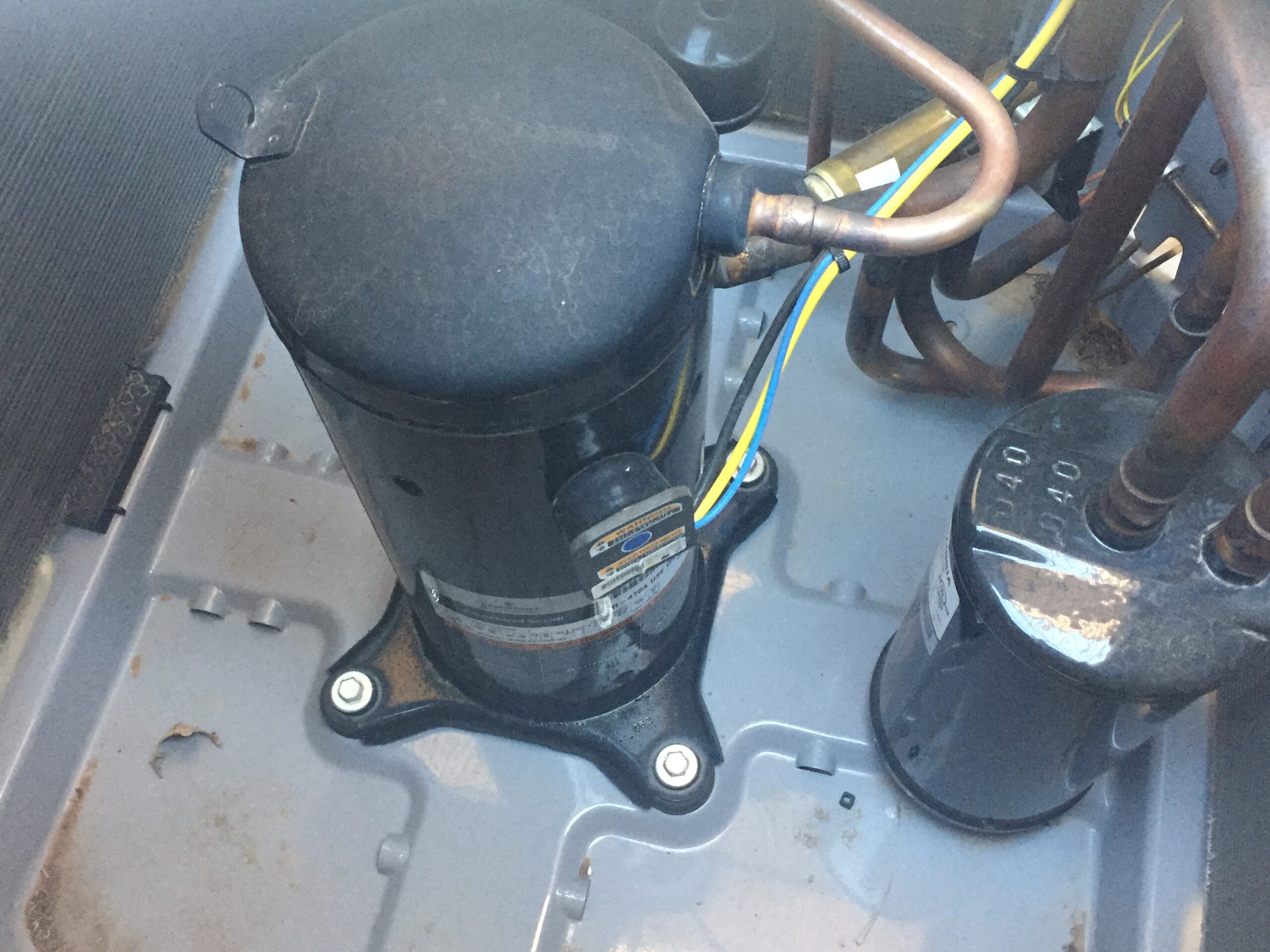
Inside the outdoor unit is the compressor (pictured above)
Then, the cycle repeats...
Step 5: The cooling cycle repeats
Once the refrigerant releases all of its heat, it returns to its liquid form. Then the refrigerant is carried back to the indoor unit and passes through an expansion valve, which controls the flow of the liquid to the evaporator coil.
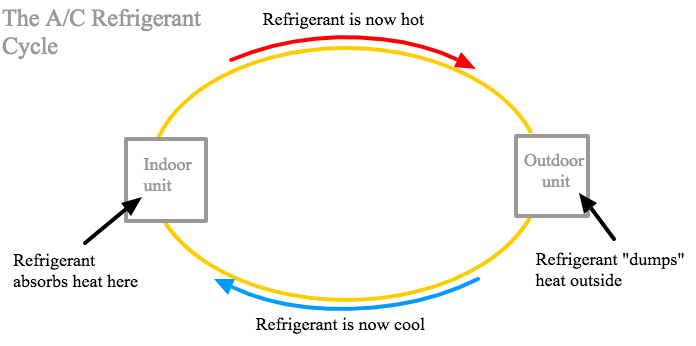
From there, the process continues over and over again until your home reaches your desired temperature.
And that’s it! Now you know the basic overview of how central air conditioning works. Pretty complex stuff, right?
Is your AC giving you trouble? Ask a New Jersey tech for help
We’ve been around since 1994, which means we know the ins and outs of central air conditioning. Our technicians have the know-how and experience to fix any problem. So give us a call—we’re standing by, ready to help!

